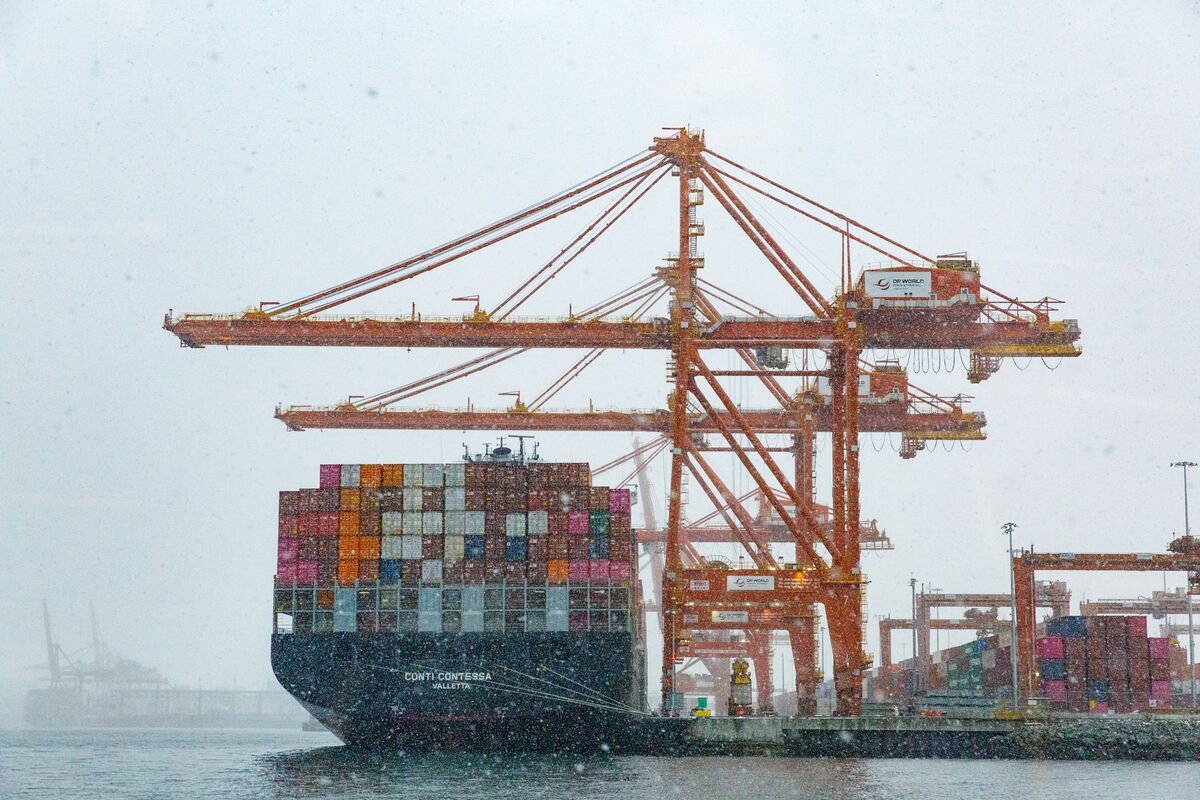US President Donald Trump has rattled economies and markets with his promise of imposing punitive tariffs on the nation’s largest trade partners. So far he’s implemented 10% levies on China; delayed plans to hit Mexico and Canada with a 25% duty tax; and indicated that he’s coming for the European Union next. Yet beyond all that noise, tariffs have on-the-ground implications. Here’s how they work — from who actually pays to how the revenue is collected.
Tariffs are taxes imposed on imported goods. Like all taxes, they are a source of government revenue. Countries have long relied on them to support local industries by making foreign products more expensive. Trump is using them as leverage to achieve foreign policy goals, too. That was the case with the planned levies on Mexico and Canada imports: Trump agreed to postpone them until March 1 after the two US neighbors agreed to take tougher measures to combat migration and drug trafficking at the border.


